Outlook India– While the whole world is anxious about the US-Iran nuke deal, here’s reminding you what this beautiful country—once the epitome of civilisation—has to offer to the discerning traveller
While everybody is anxious about the Iran-US nuke deal, we thought we’d remind you why this beautiful country has been on the wish list of many a traveler. With an astonishing wealth of undiscovered treasures and surprisingly welcoming people, Iran is as complex, vibrant and intricate as the carpets it is most famous for. History buffs will be spoilt for choice when it comes to archaeological sites like the legendary city of Persepolis while those with an eye for art and architecture will be mighty pleased with the famous blue tiles that cover the stunning buildings. Here are some of the places that you shouldn’t miss if you’re planning a trip to Iran
Tehran
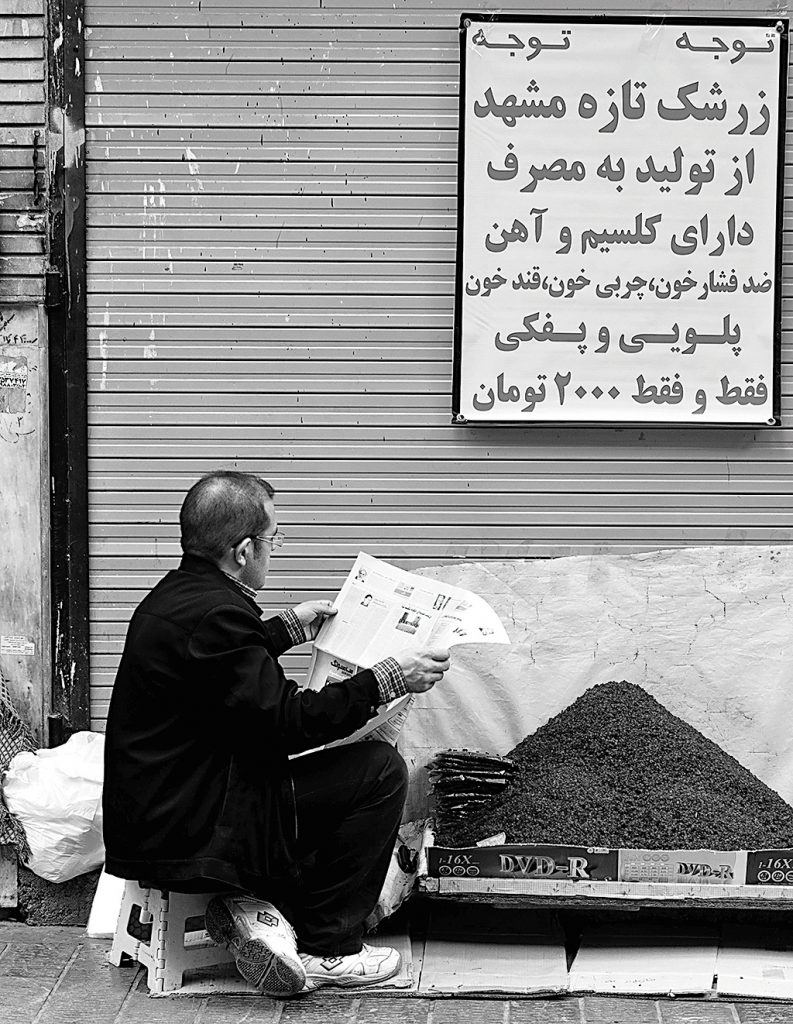
A streetside vendor in Tehran
This is a city of parks and museums. The Park-e Millet in north Tehran is a lovely expanse of green, covered with trees, with the snow-capped Elborz mountains seeming to be just touching distance away. There’s even a cinema hall in the park, where you could catch the latest Iranian film, or just hang out in the cinema’s really impressive bookshop — impressive, that is, if you want to buy Woody Allen scripts in Farsi. But there’s also a great selection of traditional and experimental Iranian music and movie soundtracks. Further down Valiasr Avenue (North Tehran’s main drag and a really pleasant walk, what with the chinar trees and cascading water), there is the Museum of Iranian Cinema, which is a really wonderful place, set inside an extravagant mansion.
The museum shop also sells boxed sets of Iranian movies and the works of major directors. Or you could go to the Jewellery Musuem in central Tehran, in the basement of the Bank-e Melli headquarters, and gaze at the ridiculous amount of jewellery collected by Iranian rulers, including the Darya-i Noor taken from the Mughals by Nadir Shah, and a globe made from rubies and emeralds. The National Musuem in Tehran is also really impressive and has beautiful artefacts ranging from the pre-historic to the Sassanian.
Isfahan
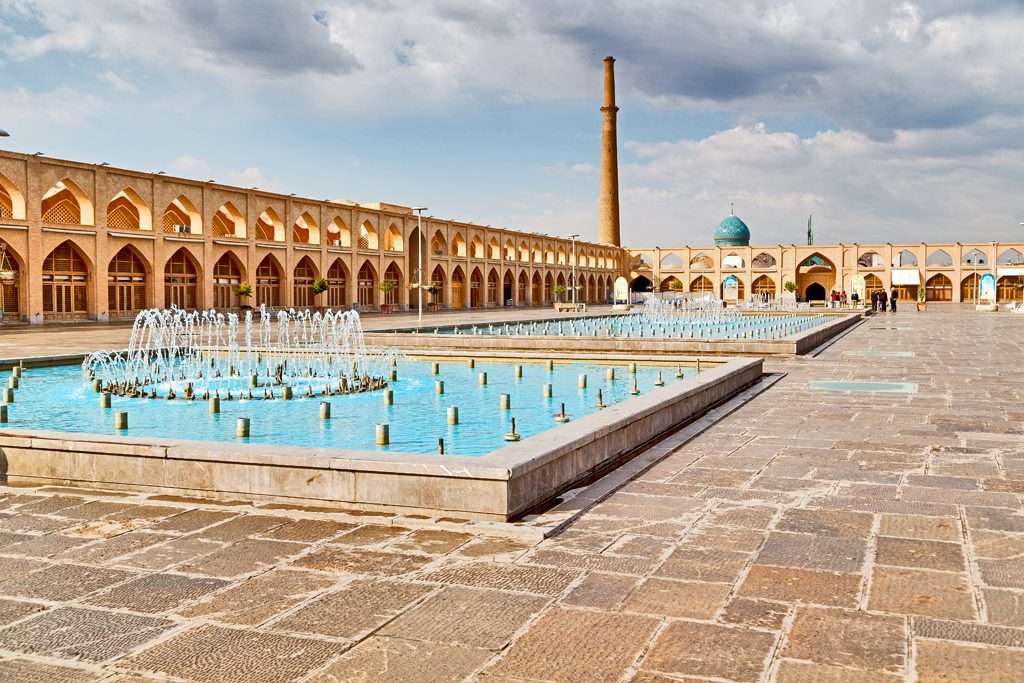
The old square with a fountain garden in Ishfahan
One can spend an entire day, or days, just hanging around in the Naqsh-e Jahan (Image of the World) square in the centre of the city. It’s a huge, massive public square and all of Isfahan’s grandest buildings are gathered around it—the Masjid Imam, Masjid Lotfollah, Ali Qapu palace, and the incredible frescoes of the Qayseriyeh Gate, leading to the arcaded Bazar-i Bozorg. The shops around the square are also a great place — perhaps the best in Iran — to buy handicrafts, including carpets, tiles, and painted metal and lacquerware. Many of them are owned by artisans and you can see them at work. Isfahan is also famous for its nougat and pistachio gaz, and you can buy that here as well. After a hard day of sightseeing and shopping around the square, drop in at the Qayseriyeh tea shop in the evening for a view over the square as the sun sets and Isfahanis come out in droves to stroll and picnic.
And then there’s the bridges over the Zayandeh. The Pul-e Khaju is unmissable, but the Si-o-Seh Pul, further to the west, is no pushover either. There’s a teahouse on the north end of the bridge here and, by walking over the Si-o-Seh bridge from Isfahan, you enter Jolfa, the old Armenian quarter. Here, you can visit the Vank Cathedral (Kalisa-e Vank), the centre of the Armenian church in Isfahan, built in the early 17th century, its interior covered with incredibly detailed and florid paintings. It’s interesting to see the mix of Persian and Armenian, Muslim and Christian sensibilities in the design and decoration of the Church. The museum here also has disturbing reminders of the Armenian Genocide.
Yazd
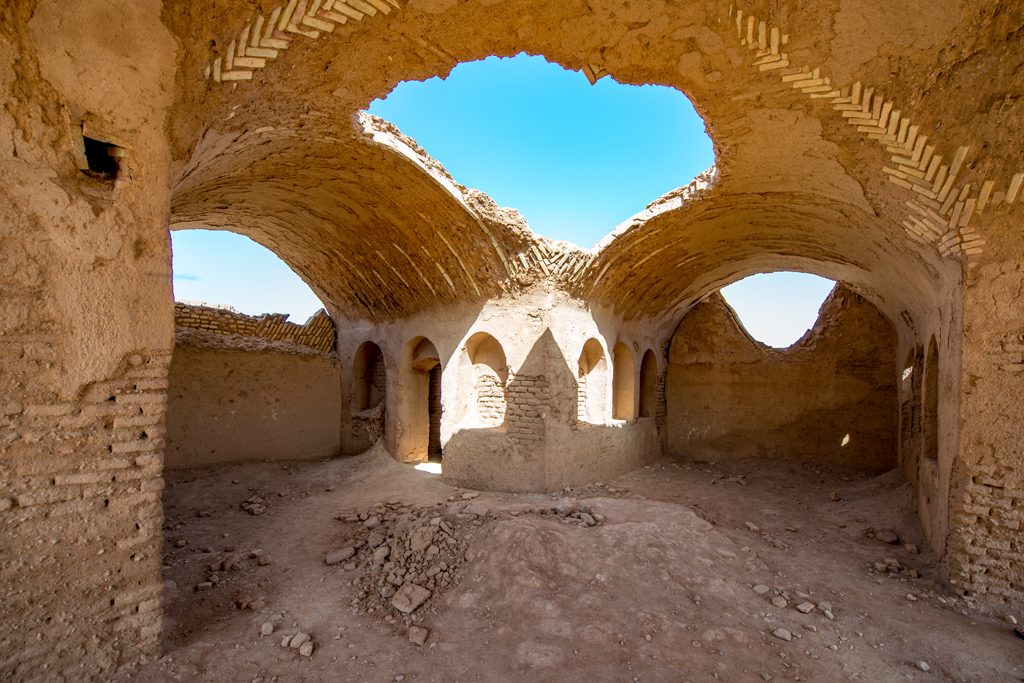
Inside the Temple of Silence in Yazd
There is exquisite architecture (the Jama Masjid, Amir Chakmaq complex), incredible performances (at the Zur-Khane, off Amir Chakmaq square), wonderful museums (Water Museum, also off Amir Chakmaq square) and Zoroastrian fire-temples and towers of silence. You can walk around the winding streets and covered bazaars of the old-city for hours. It’s surprisingly quiet and, walking through the streets, the play of light and shadow, shapes and texture and bizarre contrasts piled together is quite magical. The Silk Road Hotel also organises a quite amazing daylong Desert Tour which takes you to 17th century sarais, ice-houses and pigeon towers (Meybod), a Zoroastrian sacred spot (Chak-Chak) and the tumble-down ruins of a picturesque abandoned village (Kharanaq). Do it.
Shiraz
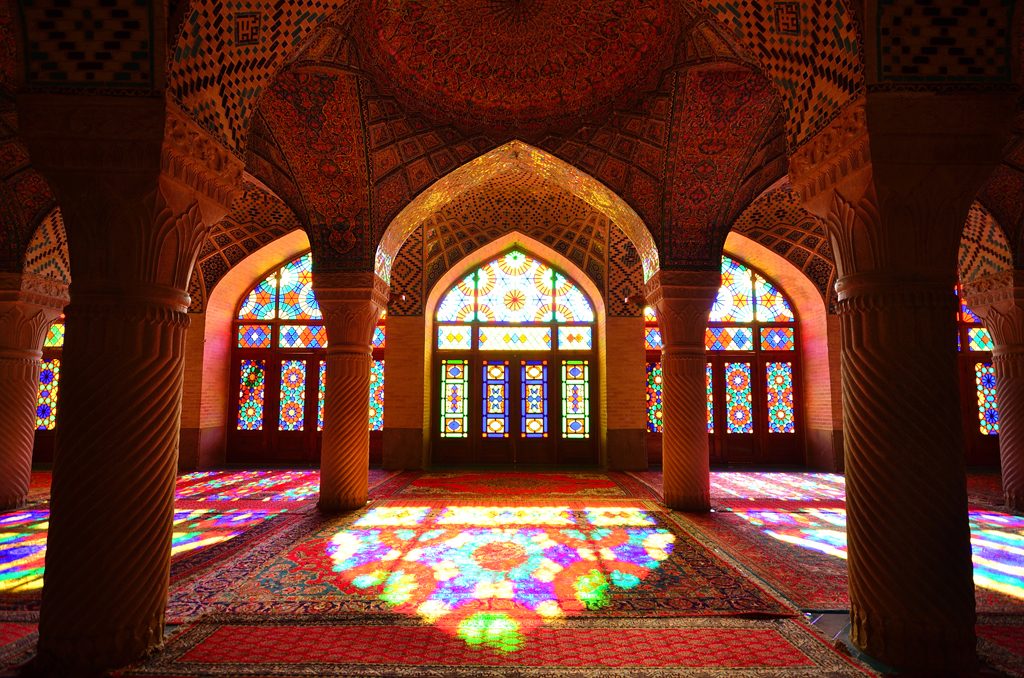
The Nasir ol Molk Mosque in Shiraz
This serves as a good base for exploring the ruins of Persepolis and the tombs and sculptural reliefs at Naqsh-e Rustam. A half-day taxi from Shiraz will take you to both. But there’s much to see in Shiraz as well. The most obvious attraction being Hafez’s tomb, the Aramgah-e Hafez and the Nasir-ol-molk Mosque. The citadel at the centre of the city, the Arg-e Karim Khan; the ornate main market Bazar-e Vakil; and the Shah-e Chiragh shrine all merit a visit.
Masuleh
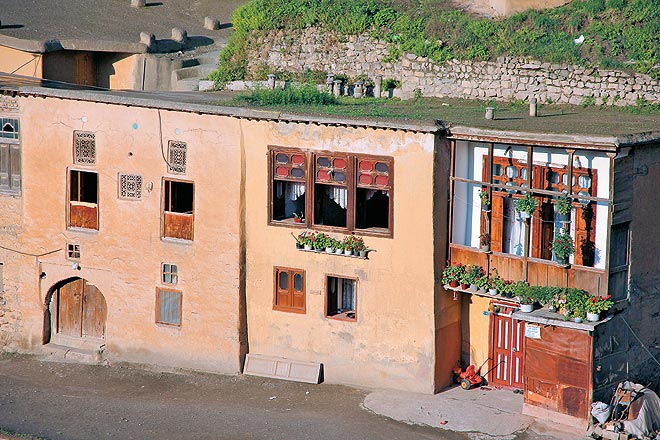
Masuleh is a quaint little mountain village with clay-walled houses and terraced roofs
Lying in the Gilan region of Iran, about 56 km west of Rasht via Fuman and at least a millennium old, Masuleh is one of Iran’s most famous villages. Picture-postcard perfect, the earth-coloured houses are stacked precariously on top of one another like giant blocks of lego, clinging to a mountainside so steep that the roof of one house forms the pathway for the next. In summer, local and foreign tourists swarm across the village’s rooftops and through its narrow passageways. To avoid the coach-tour hordes, stay overnight, hike the surrounding mountains, or visit in winter when few others come.
Note that you will have to pay to enter the village. When in Fuman, make sure to try the traditional freshly baked and still warm koluche biscuit filled with soft walnut paste. It is also sold in shops around Rasht and even Tehran, but is really the best in Fuman. Some 25km southwest from Fuman up in the mountain forests you find the visually impressive Islamili fort Qaleh Rudkhan, which was rebuilt during Sejluk times. It boasts 65 well-preserved towers and its outer walls stretch 1,500m. You can combine a visit here as part of a one-day trip to Masuleh.
Source Article from https://theiranproject.com/blog/2018/04/24/the-jewels-of-iran/
 RSS Feed
RSS Feed















 April 24th, 2018
April 24th, 2018  Awake Goy
Awake Goy  Posted in
Posted in  Tags:
Tags: 













